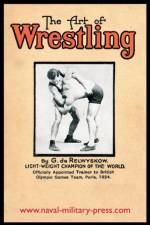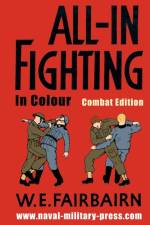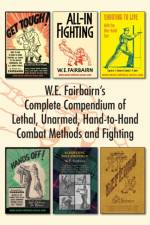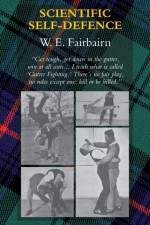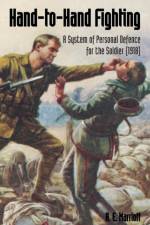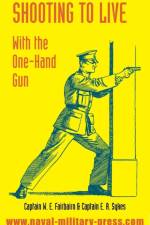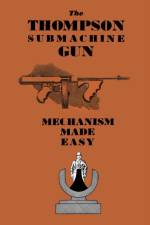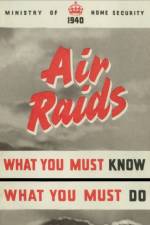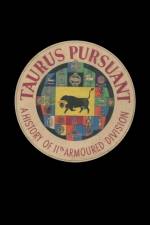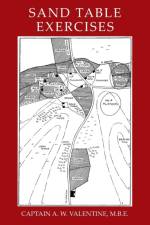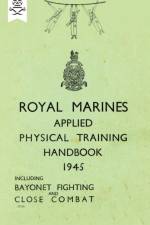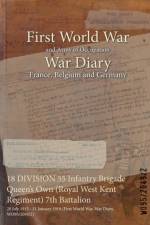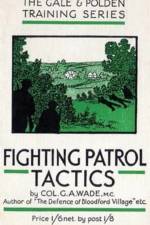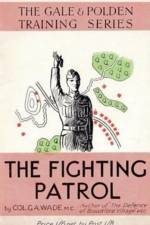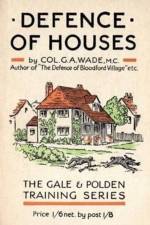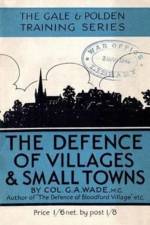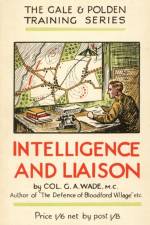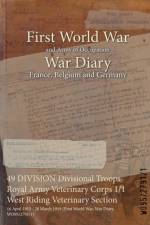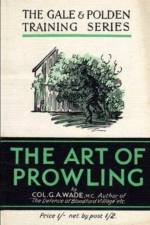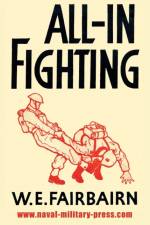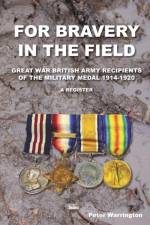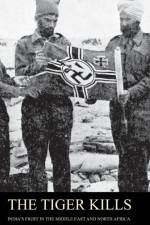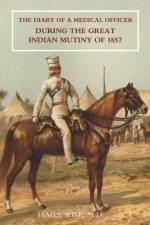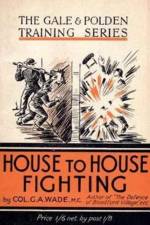av Lieut Col W G Hingston
305
Having returned to Egypt, part of the Division (the 5th Indian Infantry Brigade) was hurried across to Syria and was heavily involved in the advance on Damascus (June 1941). From 14 to 17 June 1941 the 4th Armoured Brigade was attached to the division. The rest of the Division was heavily involved in the fighting which ebbed and flowed past Tobruk from June 1941 onwards, having been rejoined by 5 Brigade, returning from Syria, in the autumn of 1941. For most of this period the Division was dispersed with units temporarily attached to other formations much to the disgust of Major General Francis Tuker who assumed command of the Division in December 1941. Notable at this time was the breakout at the end of January by 7 Brigade, having been cut off at Benghazi during the Germans' counteroffensive from Agheila and moving 200 miles avoiding the enemy to rejoin the 8th Army. Early in April 1942 the Division was dispersed with 7 Brigade going to Cyprus, 5 Brigade to Syria, 11 Brigade to the Suez Canal Zone for training and the Central India Horse to Iraq after a period of training. By May 1942 11 Brigade was back in the fighting at Tobruk (attached to the Indian 5th Infantry Division). 11th Brigade was caught in the siege of Tobruk which fell on 21 June, and so disappeared from the order of battle for the next 18 months. 5th Brigade was rushed to the desert in June 1942 - after escaping from Mersa Matruh, the brigade held the vital Ruweisat Ridge at Alamein in the fighting of July-August 1942. The situation had become so confused that General Erwin Rommel, also known as the Desert Fox, lost his way and was forced to spend a night in the open. With the dawn came the realisation that he was in the company of 4th Division. With a sigh of relief, he slipped away, undetected. Shortly before the Second Battle of El Alamein in October 1942 the 4th Indian Division was back together again with the 7th Brigade returning from Cyprus and 161st Brigade attached (until December 1942) to fill the gap of the overrun 11th Brigade. The Division had a relatively subsidiary role in the battle, holding in stiff fighting, as a diversionary tactic, the Ruweisat Ridge which was at the centre of the Allied front whilst the breakthrough was planned further North. By December 1942 the Division was once again dispersed but strong representations by its GOC, Francis Tuker, (including his asking to be relieved of command) resulted in the Division being brought together as a fighting entity in March 1943 and it fought with distinction through to the fall of Tunis in May 1943 gaining a particular reputation for its prowess in mountainous country. The Division had the honour of capturing General von Arnim in Tunisia, bringing an end to the North African campaign. Its major battles in North Africa were Benghazi, Tobruk, Wadi Akarit, Enfidaville and Tunis.

